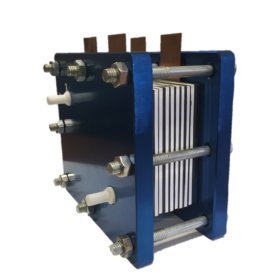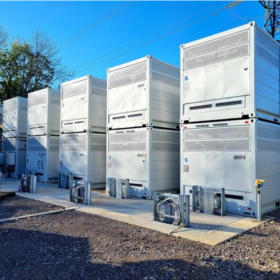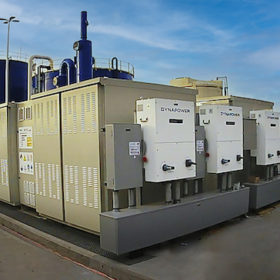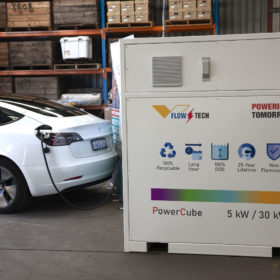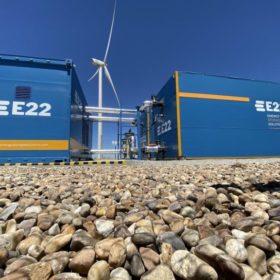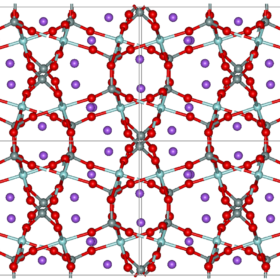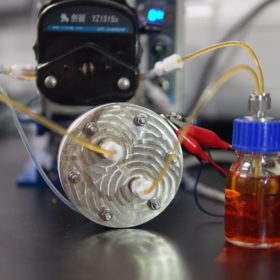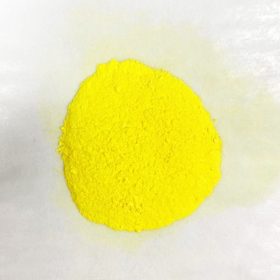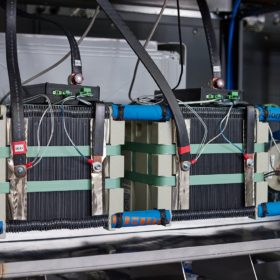Viologen redox flow battery for renewables storage
Conceived for the storage of residential and large scale renewable energy, the device has a rated power of over 150mW/cm2, an energy density exceeding 40Wh/L, and a power density of 72.5mW/cm2. The battery was built with an anode made of inexpensive viologen and its cost, according to its creators, may be lower than $100/kWh.
Canada’s largest solar-powered vanadium flow battery
Canadian companies Invinity and Elemental Energy are planning to couple a 21 MW solar plant under development in Alberta with 8.4 MWh of vanadium redox flow battery storage capacity.
Australian flow battery company completes ‘milestone’ installation
Brisbane-based flow battery company Redflow has completed its single biggest installation to date, a 2 MWh storage system in California for biowaste technology firm Anaergia.
VSUN tests flow battery technology with standalone PV-powered EV charger
Australian energy storage company VSUN Energy claims to have identified the ‘missing piece of the renewable energy jigsaw’ after successfully testing a standalone electric vehicle battery charger using solar PV supplied by a vanadium redox flow battery.
Australian miner tests vanadium redox flow battery technology
Australian miner IGO is building upon its renewable energy options at its Nova nickel operation after signing an agreement with Perth-based energy storage company VSUN Energy to test a hybrid standalone power system backed by a vanadium redox flow battery.
High-voltage non-aqueous hybrid flow battery with novel chemistry
US scientists claim to have created a crossover-free, high-voltage, non-aqueous hybrid flow battery with a novel chemistry for the solid sodium anode. The device has shown a high working voltage of around 2.6 V and a coulombic efficiency of 95.0%.
Sulphur-based redox flow battery with 15 consecutive hours of runtime
Researchers from Hong Kong have applied a novel charge-reinforced, ion-selective (CRIS) membrane to a polysulfide-iodide redox flow battery they had built in 2016. The redox flow battery showed a capacity decay rate of just 0.005% per day for 1,200 cycles, and a lifetime with over 2,000 hours’ cycling, which the academics said corresponds to approximately three months.
Redox flow battery based on fluorenone
The storage system is based on fluorenone derivative anolytes. Despite its small dimensions, the device is claimed to have an energy density that is more than twice that of the vanadium batteries in use today.
New stack design for cheaper redox flow batteries
German scientists have proposed a new design for stacks used in redox flow batteries. Through a powder-to-roll process, a device that weighs 80% less than a conventional stack was fabricated.
New materials for organic redox flow batteries
Scientists in Russia have designed a whole series of new compounds that could serve as catholytes and anolytes in organic redox flow batteries. The materials promise to open up new pathways for further research, and overcome some of the challenges for organic redox flow batteries in commercial, large-scale energy storage projects.
